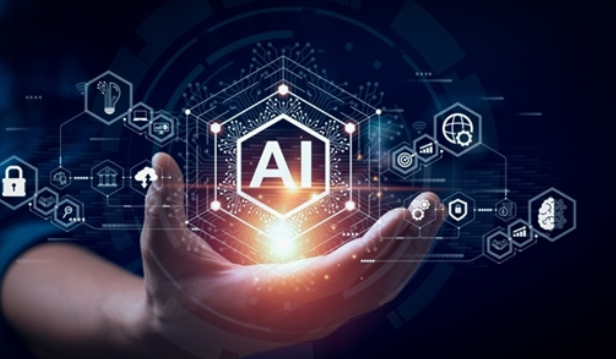
Recently, cloud computing service provider CoreWeave and OpenAI reached a five-year strategic cooperation with a total of US$11.9 billion. This transaction not only injects a shot in the arm for CoreWeave's upcoming IPO, but also reflects the fierce competition for computing power resources and the trend of industrial chain reconstruction in the upstream and downstream of the AI industry chain.
For OpenAI, with the iteration of GPT-4 and subsequent models, computing power costs have become the heaviest shackle in its commercialization process. Public data shows that the cost of a single training of GPT-4 exceeds 10 million US dollars. The cooperation with CoreWeave is essentially a key measure for its "cost reduction and efficiency improvement": by prepaying and locking in long-term computing power prices, the risk of soaring GPU costs can be avoided. In addition, OpenAI is facing the risk of relying on Microsoft Azure's computing power. This cooperation is also an important layout for its decentralized supply chain and enhanced autonomy.
The cooperation between CoreWeave and OpenAI marks that the cloud computing market has officially entered the era of "general vs. dedicated" fission. Traditional cloud service providers rely on standardized infrastructure to serve multiple scenarios, while the low-latency, high-parallel computing capabilities required for AI model training are giving rise to a dedicated computing market centered on Nvidia GPUs. This trend poses a severe challenge to cloud giants. Although AWS has launched Trainium chips to try to enter the dedicated AI market, its ecosystem maturity is far less than that of Nvidia; although Microsoft is the largest supplier of OpenAI, it is forced to cede some orders due to customer concentration risks. In the future, the cloud computing market may form a "dual track system": traditional giants maintain their advantages in small and medium-sized enterprises and general scenarios, while professional players represented by CoreWeave monopolize the AI large model training track.
Despite the bright prospects for cooperation, multiple risks may still disrupt the execution of the contract. First, OpenAI's payment rhythm is flexible - the actual payment of prepayments will depend on the commercialization progress of its models and cash flow. If the future growth of the generative AI market is less than expected, OpenAI may adjust its computing power requirements, resulting in idle CoreWeave capacity. Secondly, changes in technical routes pose a potential threat: OpenAI has launched a self-developed AI chip project, and if research and development breakthroughs are made, it may reduce its dependence on third-party computing power. In addition, regulatory risks cannot be ignored either - the EU AI Act's environmental protection and data compliance requirements for computing infrastructure may force both parties to increase additional costs.
For CoreWeave, the pressure to expand production capacity is more direct. In order to fulfill its contractual commitments, it needs to expand the scale of its GPU cluster to more than 500,000 by 2025, but Nvidia's tight chip production capacity may constitute a bottleneck. At the same time, although over-concentration on a single customer of OpenAI improves short-term certainty, it still faces the risk of an imbalanced income structure in the long run.
In the long run, competition in the field of AI is shifting from technology-driven to a resource war of capital + computing power. Giants such as Google and Microsoft strengthen their moats through self-developed chips and cloud services, while the binding of OpenAI and CoreWeave has opened up a collaborative path of "technology companies + professional computing power providers". If this model is successfully replicated, it will further aggravate the Matthew effect in the industry - leading companies consolidate their advantages through resource monopoly, and the survival space of small and medium-sized players is continuously squeezed.
The $11.9 billion cooperation between CoreWeave and OpenAI is essentially an industry reconstruction experiment of collusion between capital and technology. It not only demonstrates the scarcity value of computing power as a core production factor in the AI era, but also reveals the fission risk of the traditional cloud computing paradigm under technological change. With the tight supply of GPUs, soaring model training costs and a stricter regulatory environment, industry participants are competing for survival space through deep binding and vertical integration. This event may become an important watershed in the development of the AI industry chain: in the future, technological breakthroughs will increasingly rely on the deep integration of capital and computing power, and the market structure will also accelerate solidification in the competition for resources.

Since 2022, the Fed has cumulatively reduced its balance sheet by $2.4 trillion through quantitative tightening (QT) policies, leading to a near depletion of liquidity in the financial system.
Since 2022, the Fed has cumulatively reduced its balance sh…
On December 11 local time, the White House once again spoke…
Fiji recently launched its first green finance classificati…
Recently, the European Commission fined Musk's X platform (…
At the end of 2025, the situation in the Caribbean suddenly…
The U.S. AI industry in 2025 is witnessing a feverish feast…